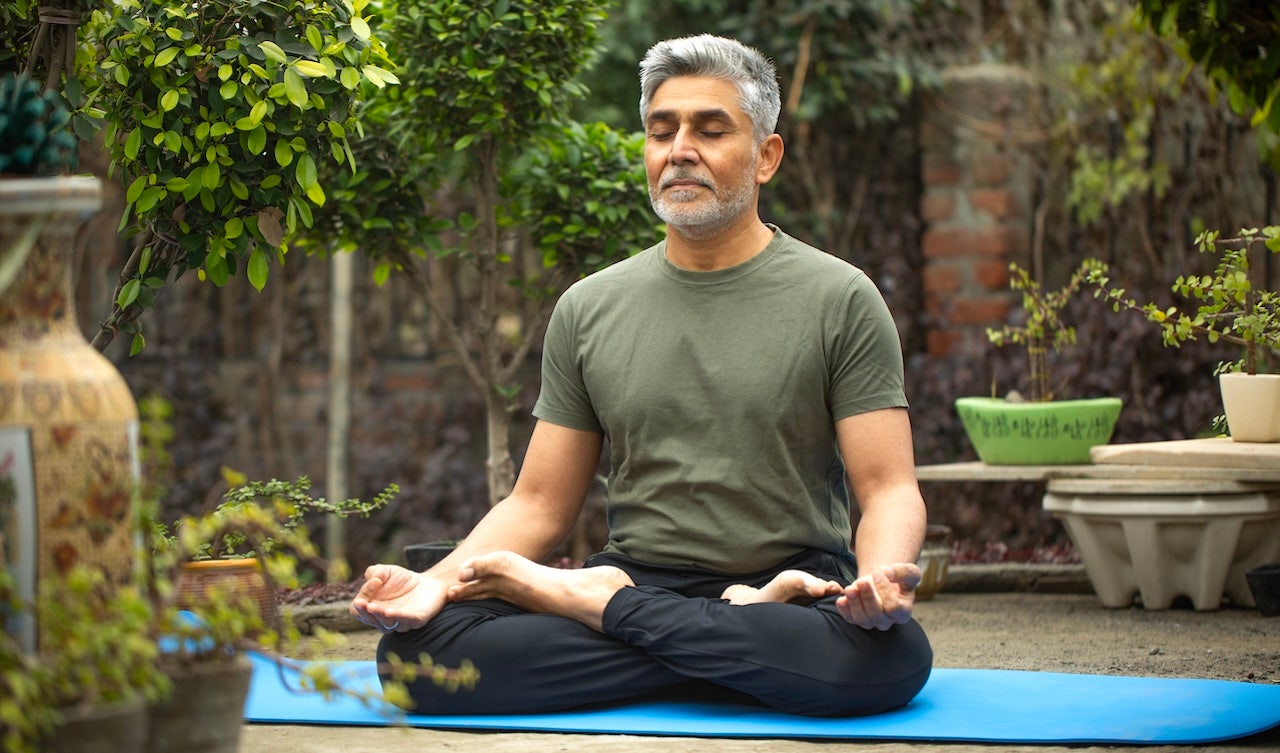We are still in the heart of winter, which can often be bad news for runners who like to venture outdoors for their exercise.
But while it’s not as comfortable and it’s easier to lose motivation this time of year, colder winter days don’t necessarily mean it’s impossible to run outside, if that’s what you like to do.
Here are five tips to keep in mind for running outside in colder winter weather, with some guidance from the Cleveland Clinic.
1. Layer up properly
There are several elements to properly layering up when running in the cold.
First, the base layer should be made of a moisture-wicking fabric to move the sweat away from the skin. Wearing something such as a long-sleeve cotton shirt will make you colder because moisture won’t be moved away from skin.
Second, the general rule is to dress for a run like it’s 15 to 20 degrees warmer than what it is.
Third, wearing traction cleats on your shoes can be helpful on wet or snowy sidewalks.
“Traction cleats that are worn over shoes will allow you to run confidently, even if it is slippery outside,” said Emily Van Wasshenova, assistant professor for Interdisciplinary Health Sciences at Oakland University.
Finally, make sure any removable layers of clothing can be tied around your waist or stored during a run.
2. Put on the right equipment/clothing
Wearing hats and gloves is important while running in the cold, mainly because having your head covered will keep moisture from the scalp and the head warm.
Hats and gloves also protect the ears and fingers from potential frostbite. There are hats made from moisture-wicking material. In addition, wearing masks or neck gaiters can not only assist with warmth, but can also help protect the lungs from getting irritated by cold, dry air.
3. Stay visible
Because there is less sunlight in the winter, odds are, an early morning or late evening run will take place in the dark. Given that, wearing clothing that’s reflective and in bright colors is important.
“In addition to being visible to others, you’ll want to be able to see your surroundings, so wear a headlamp,” Van Wasshenova said.
4. Hydration is still essential
Some might think one benefit to running in the cold is that they won’t sweat as much and that there’s not as much need to drink fluids compared to running in warmer weather.
That’s not the case, as you are still sweating running in cold weather, even though you might not feel as thirsty.
“Dehydration can happen whether it is 25 degrees or 75 degrees outside,” Van Wasshenova said. “To stay hydrated, drink at least eight ounces of water 30 minutes before the run and drink to thirst after your run.”
It’s a good idea to not only drink fluids in cold weather, but keep any drinks at room temperature instead of an ice-cold temperature that will bring body temperature down.
5. Stay dry after a run
Once you’re done with a run, the ability of your body to produce heat will drop, so it’s not a good idea to sit around in cold, wet clothes. Doing so for too long could increase the risk of hypothermia. Given that, it’s important to immediately change into dry clothes once you’re home from a run in the cold.





